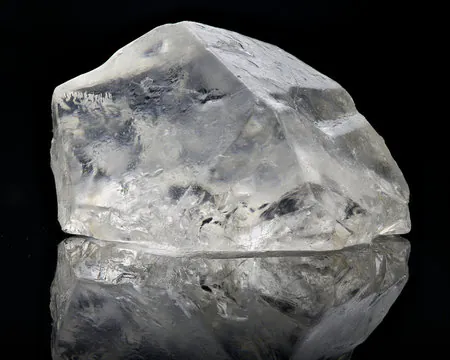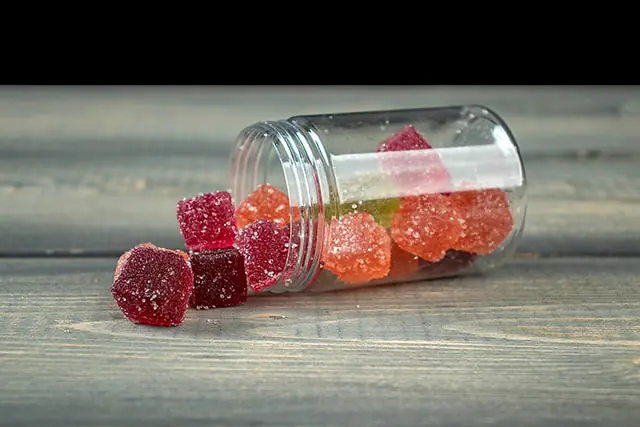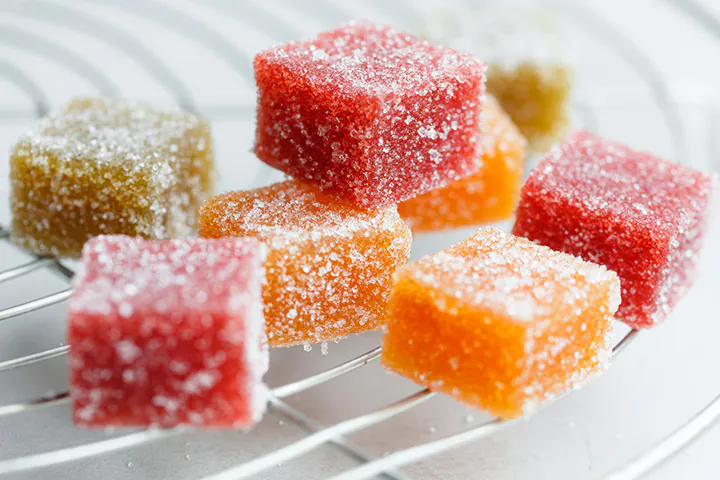Those people who are acquainted with cannabis have known of THC (tetrahydrocannabinol) and CBD (cannabidiol) and their effects, but did you guys realize that cannabis contains numerous other compounds? While Cannabigerol (CBG), a lesser-known cannabinoid, is not common in most strains, it is nevertheless worthy of study for various reasons. Cannabigerol (CBG) offers itself as a legitimate option, or better yet, supplement to CBD- and THC- based goods for therapeutic and recreational use, following the tremendous success of cannabidiol (CBD) among mainstream consumers.
What Is Cannabigerol (CBG)?
Cannabigerol (CBG) is a cannabinoid found in the cannabis plant. It’s known as the “mother of all cannabinoids.” This is because other cannabinoids are formed from Cannabigerol acid (CBGA), an acidic version of CBG. Cannabidiol (CBD) and tetrahydrocannabinol (THC) are other commonly acquired cannabinoids from cannabis plants. CBG is produced at lower concentrations in cannabis plants than other cannabinoids. Only 1% of CBG may be seen in most plant strains, compared to 20 to 25% of CBD or 25 to 30% of THC. As a result, cannabinoid-derived consumer goods are scarce and frequently expensive. CBG, on the other hand, is gaining popularity as a result of the plethora of possible advantages the cannabinoid has to offer.
CBG vs. CBD
CBG and CBD are frequently compared because they have numerous commonalities and work on the endocannabinoid system. Both CBG and CBD are non-psychoactive, implying they will not change your mental state in the same way THC will. If you take a cannabis plant, they can minimize the psychotropic effect of THC. One of the major significant differences between CBD and CBG is the amount contained in most cannabis plants. The majority of cannabis plants produce only 1% CBG but up to 25% CBD. CBG works with our endocannabinoid system in a unique way than CBD. CBG binds directly to both CB1 and CB2 receptors, suggesting that it may be more effective at delivering its effects into our bodies.
How CBG Is Made
Young cannabis plants produce more CBG than fully formed plants, some cannabis strains, such as White CBG, Super Glue CBG, and Jack Frost CBG, contain more CBG levels than others. These strains are particularly selected to generate greater levels of CBG. CBD and THC both begin as CBGA, an acidic version of CBG. That’s why young cannabis plants have higher CBG contents. CBG levels are low in full-grown plants with significant THC and CBD concentrations.
This is because most CBG has already been transformed to CBD and THC as the plant has grown. Cannabis farmers have been trying cross-breeding and genetic manipulation to assist cannabis plants in generating more CBG due to the difficulties in obtaining CBG.
How CBG Works
The endocannabinoid system in our bodies is composed of molecules and receptors that maintain our bodies in optimal condition independent of what is going on in our external environment. CBG mimics endocannabinoids, which are natural substances produced by human bodies.
Cannabinoid Receptors in the Body
CB1 and CB2 cannabinoid receptors are found in our bodies. CB1 receptors can be located in the neurological system and brain, while CB2 receptors can be found in the immune system and other body parts. CBG acts by attaching to both receptors. It’s hypothesized to improve the action of anandamide, a neurotransmitter involved in pleasure and motivation, hunger and sleep regulation, and pain relief. CBG, unlike THC, has no psychotropic effects and hence will not give you a high.
How to Use CBG
CBG goods are much more widely available than ever before, particularly oil. CBG oils are highly pricey and scarce when compared to other cannabis oils.
Some examples of CBG-derived goods are:
- CBG Flower
- CBG Isolate
- CBG Gummies
- CBG Tincture
- CBG Sublingual Tablets
- CBG Chewing Gum
- CBG Salve
- CBG Softgels
Choose full-spectrum or broad-spectrum goods if you want to reap the advantages of every cannabinoid and terpene found in cannabis plants.
- Broad-spectrum CBD products contain the whole cannabinoid range without THC.
- Full-spectrum cannabis items have the strain’s whole chemical profile, including THC.
The entourage effect refers to the synergistic interaction amongst cannabinoids that enhance the good effects of cannabis while limiting the negative side effects. The endocannabinoid system (ECS) in the human body functions to maintain the body in a state of homeostasis. Although there are specifics to how cannabinoids act, the endocannabinoid generally, performs diverse roles specific to each part of the body.




